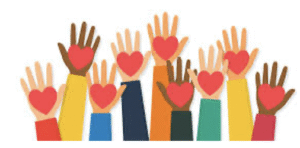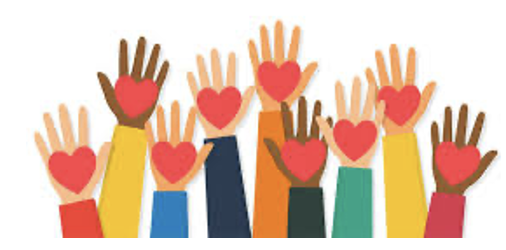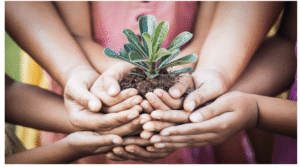When we think about advocacy, most of us picture passion, persistence, and maybe even protest. But one thing people often overlook is hope, not as a feeling, but as a strategy. In movements for justice, health, hope isn’t just “wishing for the best.” It’s the fuel that keeps people going, connects them to a shared vision, and turns frustration into action.
Psychologist Charles Snyder described hope as having both agency (the belief you can make a difference) and pathways (the belief you can find ways to make that difference). In advocacy, that means believing change is possible and that your voice or action matters. According to the Center on International Cooperation, when advocates focus only on problems, people feel powerless but when they frame issues around achievable solutions, they invite action instead of despair (CIC, 2025).

Hope Matters in Advocacy
It keeps people engaged.
Social change takes time, and without hope, burnout and cynicism quickly take over. Hope gives movements longevity because it reminds people why they started in the first place.
It shapes better messages.
Campaigns that only talk about what’s wrong often make people tune out. The Hope-Based Communications Guidesuggests talking about what you stand for, not just what you don’t believe in. Hopeful messages inspire people to imagine what success could look like and that vision motivates participation.
It builds community and power.
Of course, hope alone isn’t enough. As researcher Tseen Khoo puts it, “Hope is not a strategy — but it’s essential to one” (Research Whisperer, 2014). Real advocacy still needs goals, plans, and accountability. The trick is combining the two: use hope to inspire people, and strategy to guide them.
In a time when it’s easy to feel overwhelmed, by politics, inequality, or climate anxiety, advocacy rooted in hope feels radical. Hope gives people the courage to keep trying, even when progress feels slow. Hope isn’t just a mood; it’s a movement tool. When advocates lead with possibility instead of fear, they open the door for more people to join in. So next time someone says “hope isn’t a strategy,” remind them: it actually is when it’s paired with action, vision, and persistence.
References
- Center on International Cooperation. (2025). Beyond Cynicism: Three Steps to Make Hope Your Strategy.https://cic.nyu.edu
- Climate Advocacy Lab. (2023). A Guide to Hope-based Communications. https://climateadvocacylab.org
- Khoo, T. (2014). Hope Is Not a Strategy. The Research Whisperer Blog. https://researchwhisperer.org



